Home>Furniture & Design>Bathroom Accessories>When To Use An Exhaust Fan In The Laundry Room
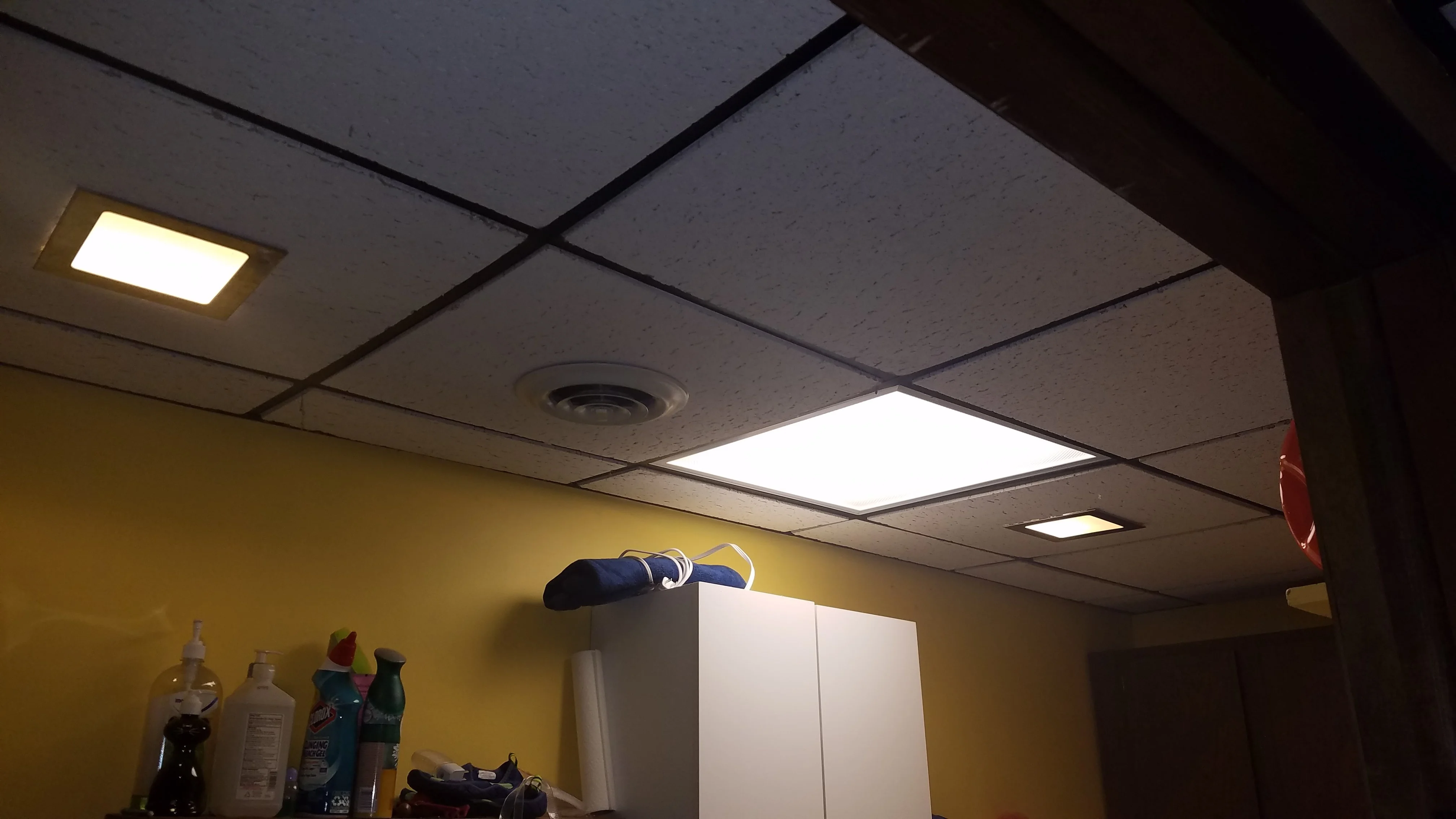

Bathroom Accessories
When To Use An Exhaust Fan In The Laundry Room
Modified: February 29, 2024
Learn when to use an exhaust fan in the laundry room to prevent moisture and odors. Find the best bathroom accessories for ventilation and air quality.
(Many of the links in this article redirect to a specific reviewed product. Your purchase of these products through affiliate links helps to generate commission for Storables.com, at no extra cost. Learn more)
Introduction
The laundry room is an essential space in any home, where clothes are washed, dried, and sometimes ironed. It's a place where moisture, heat, and odors can easily accumulate, creating an environment that is not only uncomfortable but also potentially harmful. To combat these issues, many homeowners turn to exhaust fans as a solution. These simple yet effective devices are designed to improve air quality and regulate humidity levels, making the laundry room a more pleasant and safe environment for both the occupants and the appliances within.
In this comprehensive guide, we will delve into the importance of using an exhaust fan in the laundry room, exploring the benefits it offers, when it should be utilized, how to select the right fan for your specific needs, and essential installation and maintenance tips. By the end of this article, you will have a clear understanding of the crucial role that exhaust fans play in maintaining a healthy and functional laundry room environment.
Let's embark on this journey to discover the transformative impact of exhaust fans in the laundry room, and how they can elevate the overall experience of doing laundry while safeguarding the integrity of the space.
Key Takeaways:
- Keep your laundry room fresh and safe by using an exhaust fan during washing, drying, and cleaning. It helps control moisture, eliminate odors, and improve air quality, making laundry chores more pleasant.
- Choose the right exhaust fan based on room size, noise level, energy efficiency, and design. Proper installation and regular maintenance ensure optimal performance and a healthy laundry room environment.
Read more: Why Is There A Fan In Laundry Room
Benefits of Using an Exhaust Fan in the Laundry Room
-
Moisture Control: The laundry room is a hotbed for moisture, especially during the washing and drying processes. An exhaust fan effectively removes excess moisture from the air, preventing the accumulation of mold and mildew. By controlling moisture levels, the fan helps to maintain a dry and comfortable environment, ultimately prolonging the lifespan of the appliances and preventing potential water damage.
-
Odor Elimination: The laundry room is often associated with musty odors from damp clothes and the chemicals used in detergents and fabric softeners. An exhaust fan efficiently eliminates these odors, ensuring that the air remains fresh and pleasant. This is particularly beneficial in homes where the laundry room is adjacent to living spaces, as it prevents the spread of unpleasant odors throughout the house.
-
Temperature Regulation: The heat generated by washing machines and dryers can significantly raise the temperature in the laundry room. An exhaust fan helps to regulate the temperature by expelling hot air, creating a more comfortable environment for both the occupants and the appliances. This can also contribute to energy efficiency by reducing the strain on cooling systems in the home.
-
Improved Air Quality: Dust, lint, and airborne particles are common in the laundry room, posing potential respiratory hazards. An exhaust fan effectively removes these particles, improving the overall air quality and creating a healthier environment for the occupants. This is especially important for individuals with allergies or respiratory conditions.
-
Prevention of Structural Damage: Excess moisture in the air can lead to structural damage, such as peeling paint, warped wood, and deteriorating drywall. By expelling moisture and maintaining optimal humidity levels, an exhaust fan plays a crucial role in preserving the integrity of the laundry room and preventing costly repairs.
-
Enhanced Appliance Performance: High humidity and heat can negatively impact the performance and longevity of laundry appliances. By using an exhaust fan, the workload on these appliances is reduced, leading to improved efficiency and extended lifespan.
In summary, the benefits of using an exhaust fan in the laundry room are multifaceted, encompassing moisture control, odor elimination, temperature regulation, improved air quality, prevention of structural damage, and enhanced appliance performance. Incorporating an exhaust fan into the laundry room environment not only enhances the overall experience of doing laundry but also contributes to the long-term maintenance and functionality of the space.
When to Use an Exhaust Fan
An exhaust fan in the laundry room should be utilized during various activities to maintain a healthy and comfortable environment. Understanding the specific scenarios when the exhaust fan should be in operation is crucial for optimizing its effectiveness. Here are the key instances when using an exhaust fan is essential:
-
During Washing and Drying Cycles: Activating the exhaust fan during washing and drying cycles is paramount. These processes release moisture and heat into the air, which can lead to increased humidity levels and elevated temperatures in the laundry room. By using the exhaust fan during these cycles, excess moisture and heat are promptly expelled, preventing the accumulation of dampness and maintaining a comfortable environment.
-
When Dealing with Strong Odors: Certain laundry items, such as heavily soiled clothes or items exposed to smoke or strong odors, can emit unpleasant smells during the washing and drying processes. In such cases, using the exhaust fan helps to swiftly eliminate these odors, ensuring that the air remains fresh and free from lingering smells.
-
After Accidental Spills or Leaks: In the event of accidental spills or leaks in the laundry room, especially involving water or cleaning solutions, promptly turning on the exhaust fan can aid in drying the affected areas and preventing the onset of mold or mildew. This proactive approach mitigates potential water damage and helps maintain a clean and dry environment.
-
When Ironing Clothing: Ironing clothes in the laundry room can release steam and heat, contributing to increased humidity and temperature. Using the exhaust fan during ironing sessions effectively removes the excess steam and heat, preventing the buildup of moisture and maintaining a comfortable atmosphere for ironing.
-
After Strenuous Cleaning Activities: Intensive cleaning activities in the laundry room, such as scrubbing surfaces or using cleaning agents, can release airborne particles and odors. Utilizing the exhaust fan after such activities aids in removing these particles and odors, ensuring that the air quality is restored to a clean and fresh state.
By recognizing these specific scenarios and promptly using the exhaust fan during these activities, homeowners can effectively manage moisture levels, control odors, and maintain a comfortable and healthy environment in the laundry room. Incorporating the use of the exhaust fan into these routines contributes to the overall well-being of the space and its occupants.
How to Choose the Right Exhaust Fan
Selecting the right exhaust fan for your laundry room is a crucial decision that directly impacts the effectiveness of moisture control, odor elimination, and air quality improvement. Here are essential factors to consider when choosing the right exhaust fan:
1. Room Size and Airflow Capacity
Begin by assessing the size of your laundry room and determining the required airflow capacity. The fan's airflow capacity is measured in cubic feet per minute (CFM), indicating the volume of air the fan can move in one minute. As a general guideline, aim for a fan with a CFM rating that can completely exchange the air in the laundry room at least eight times per hour. This ensures efficient ventilation and moisture control.
Read more: What Pipe To Use For Bathroom Exhaust Fan
2. Noise Level
Consider the noise level of the exhaust fan, especially if the laundry room is adjacent to living spaces or frequently used areas. Opt for a fan with a low sone rating, indicating quieter operation. This ensures that the fan effectively performs its ventilation function without causing disruption or discomfort.
3. Energy Efficiency
Look for exhaust fans with energy-efficient features, such as low power consumption and automatic shut-off mechanisms. Energy-efficient models not only contribute to cost savings but also align with sustainable practices, reducing the environmental impact of continuous fan operation.
4. Humidity Sensing and Timer Functions
Some modern exhaust fans are equipped with humidity sensors and timer functions. Humidity-sensing fans automatically activate when moisture levels rise, effectively managing humidity without the need for manual operation. Timer functions allow users to set specific durations for fan operation, promoting efficient ventilation and energy conservation.
5. Ducting and Ventilation Path
Evaluate the ducting and ventilation path for the exhaust fan. Ensure that the fan is compatible with the existing ductwork and that the ventilation path allows for efficient air expulsion. Proper ducting and ventilation prevent air stagnation and ensure that moisture, odors, and airborne particles are effectively removed from the laundry room.
Read more: What Is An Exhaust Fan
6. Aesthetic and Design Considerations
Consider the aesthetic appeal and design of the exhaust fan, especially if the laundry room is visible and integrated into the overall home design. Choose a fan that complements the room's aesthetics while delivering optimal performance. Many modern exhaust fans offer sleek and discreet designs that seamlessly blend with various interior styles.
By carefully considering these factors, homeowners can confidently select the right exhaust fan that aligns with their specific ventilation needs, energy efficiency goals, and aesthetic preferences. Choosing a well-suited exhaust fan ensures that the laundry room remains a comfortable, healthy, and functional space for everyday use.
Installation and Maintenance Tips
Proper installation and regular maintenance are essential for ensuring the optimal performance and longevity of an exhaust fan in the laundry room. By following these installation and maintenance tips, homeowners can maximize the benefits of their exhaust fan while promoting a healthy and efficient laundry room environment.
Installation
-
Positioning the Fan: When installing the exhaust fan, carefully consider the optimal positioning for effective ventilation. Ideally, the fan should be placed near the source of moisture and odors, such as above the washing machine or dryer. This strategic placement ensures that the fan efficiently captures and expels the air pollutants at the source.
-
Ventilation Ducts: Ensure that the ventilation ducts are properly installed to facilitate the smooth expulsion of air from the laundry room. The ducts should lead to the exterior of the home to prevent the recirculation of expelled air. Regularly inspect the ducts for any obstructions or blockages that may hinder airflow.
-
Electrical Wiring: If the installation requires electrical wiring, it is crucial to adhere to safety standards and local building codes. Consider consulting a qualified electrician to ensure that the wiring is safely and professionally installed, minimizing the risk of electrical hazards.
-
Sealing Gaps and Leaks: After installing the exhaust fan, carefully seal any gaps or leaks around the fan housing and ventilation ducts. Proper sealing prevents air leakage and ensures that the fan effectively captures and expels the desired air volume, optimizing its performance.
Maintenance
-
Regular Cleaning: Schedule routine cleaning of the exhaust fan to prevent the accumulation of dust, lint, and debris. Remove the fan cover and gently clean the blades and interior components using a soft brush or cloth. This prevents airflow obstruction and maintains the fan's efficiency.
-
Inspecting Ventilation Ducts: Periodically inspect the ventilation ducts for any blockages, obstructions, or signs of damage. Clear any debris or buildup within the ducts to maintain unobstructed airflow. Additionally, check for any leaks or disconnections in the ductwork and promptly address any issues.
-
Checking Fan Operation: Regularly test the operation of the exhaust fan to ensure that it activates and functions as intended. Verify that the fan effectively expels air to the exterior and that the airflow is consistent. If any irregularities are observed, promptly troubleshoot and address the underlying causes.
-
Replacing Filters: If the exhaust fan is equipped with filters, adhere to the manufacturer's recommendations for filter replacement. Clean or replace the filters as needed to maintain optimal air quality and prevent the accumulation of airborne particles within the laundry room.
By adhering to these installation and maintenance tips, homeowners can ensure that their exhaust fan operates at peak efficiency, effectively managing moisture, odors, and air quality in the laundry room. Additionally, regular maintenance prolongs the lifespan of the fan and minimizes the need for costly repairs, contributing to a well-maintained and functional laundry room environment.
Conclusion
In conclusion, the utilization of an exhaust fan in the laundry room is a pivotal aspect of maintaining a healthy, comfortable, and functional environment. By effectively controlling moisture, eliminating odors, regulating temperature, and improving air quality, exhaust fans play a crucial role in safeguarding the integrity of the laundry room and promoting the well-being of its occupants.
The benefits of using an exhaust fan in the laundry room are far-reaching, encompassing not only the immediate comfort and convenience of doing laundry but also the long-term preservation of the space. From preventing structural damage caused by excess moisture to enhancing the performance and longevity of laundry appliances, the impact of an exhaust fan extends to the overall maintenance and efficiency of the laundry room.
Recognizing the specific scenarios when the exhaust fan should be in operation, such as during washing and drying cycles, when dealing with strong odors, and after cleaning activities, empowers homeowners to proactively manage moisture levels and air quality. By integrating the use of the exhaust fan into these routines, the laundry room remains a clean, fresh, and inviting space for everyday tasks.
Selecting the right exhaust fan involves careful consideration of factors such as room size, airflow capacity, noise level, energy efficiency, and aesthetic compatibility. By choosing a well-suited exhaust fan that aligns with specific ventilation needs and design preferences, homeowners can ensure that the fan seamlessly integrates into the laundry room while delivering optimal performance.
Furthermore, proper installation and regular maintenance are essential for maximizing the effectiveness and longevity of the exhaust fan. From strategic positioning and sealing of gaps to routine cleaning and inspection of ventilation ducts, these practices contribute to the efficient operation of the fan and the sustained well-being of the laundry room environment.
In essence, the incorporation of an exhaust fan into the laundry room environment transcends mere ventilation; it is a fundamental element in creating a space that is conducive to cleanliness, comfort, and overall well-being. By embracing the benefits, understanding the optimal usage scenarios, and implementing best practices in selection, installation, and maintenance, homeowners can elevate the laundry room experience while ensuring a healthy and functional space for years to come.
Frequently Asked Questions about When To Use An Exhaust Fan In The Laundry Room
Was this page helpful?
At Storables.com, we guarantee accurate and reliable information. Our content, validated by Expert Board Contributors, is crafted following stringent Editorial Policies. We're committed to providing you with well-researched, expert-backed insights for all your informational needs.
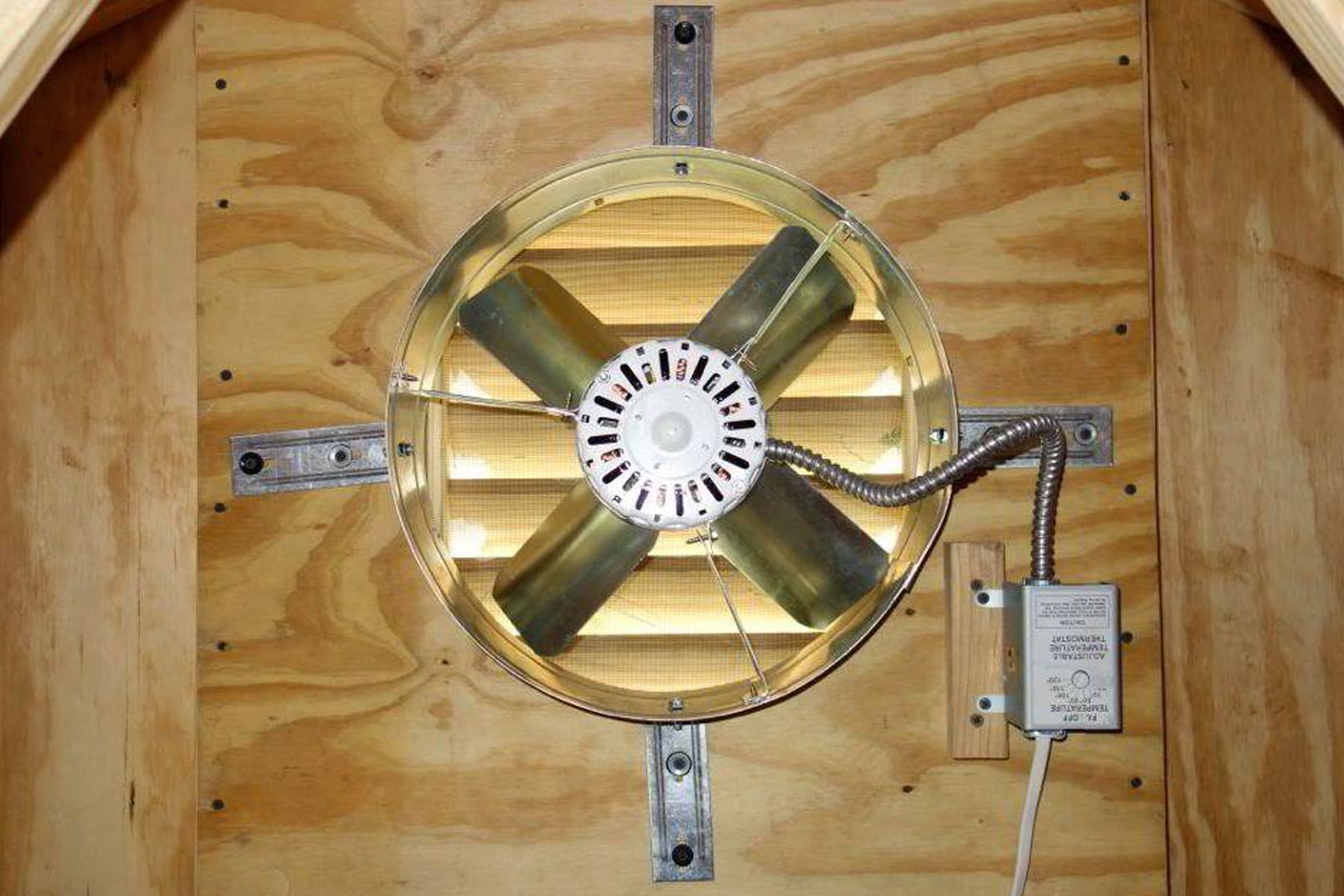
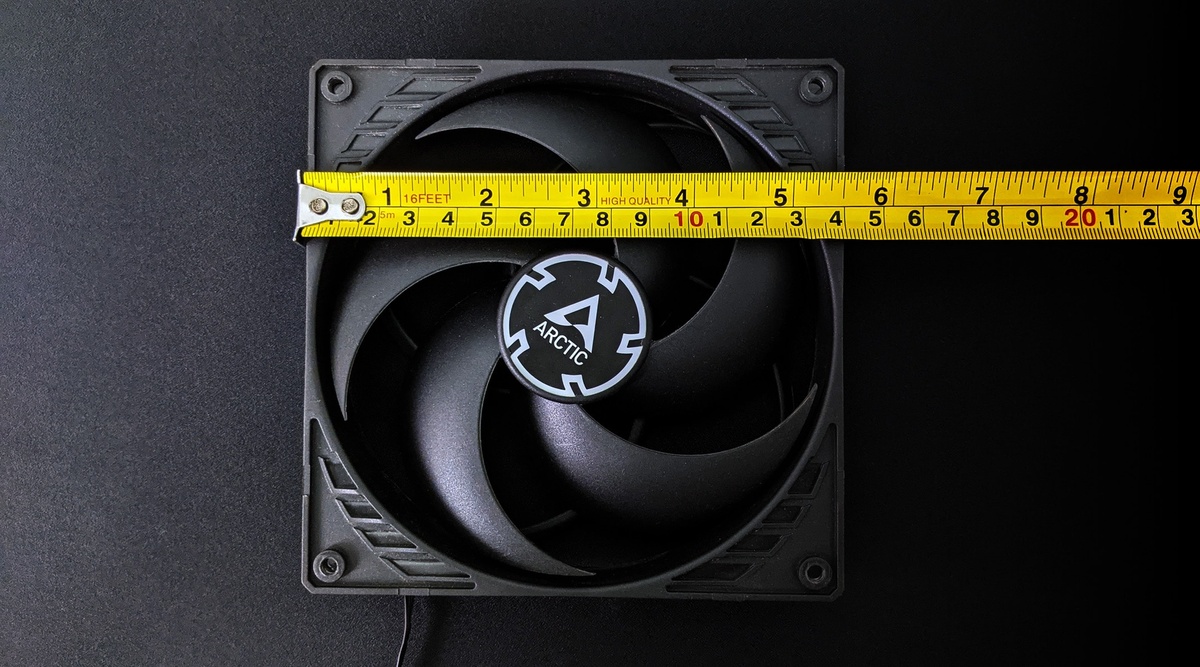

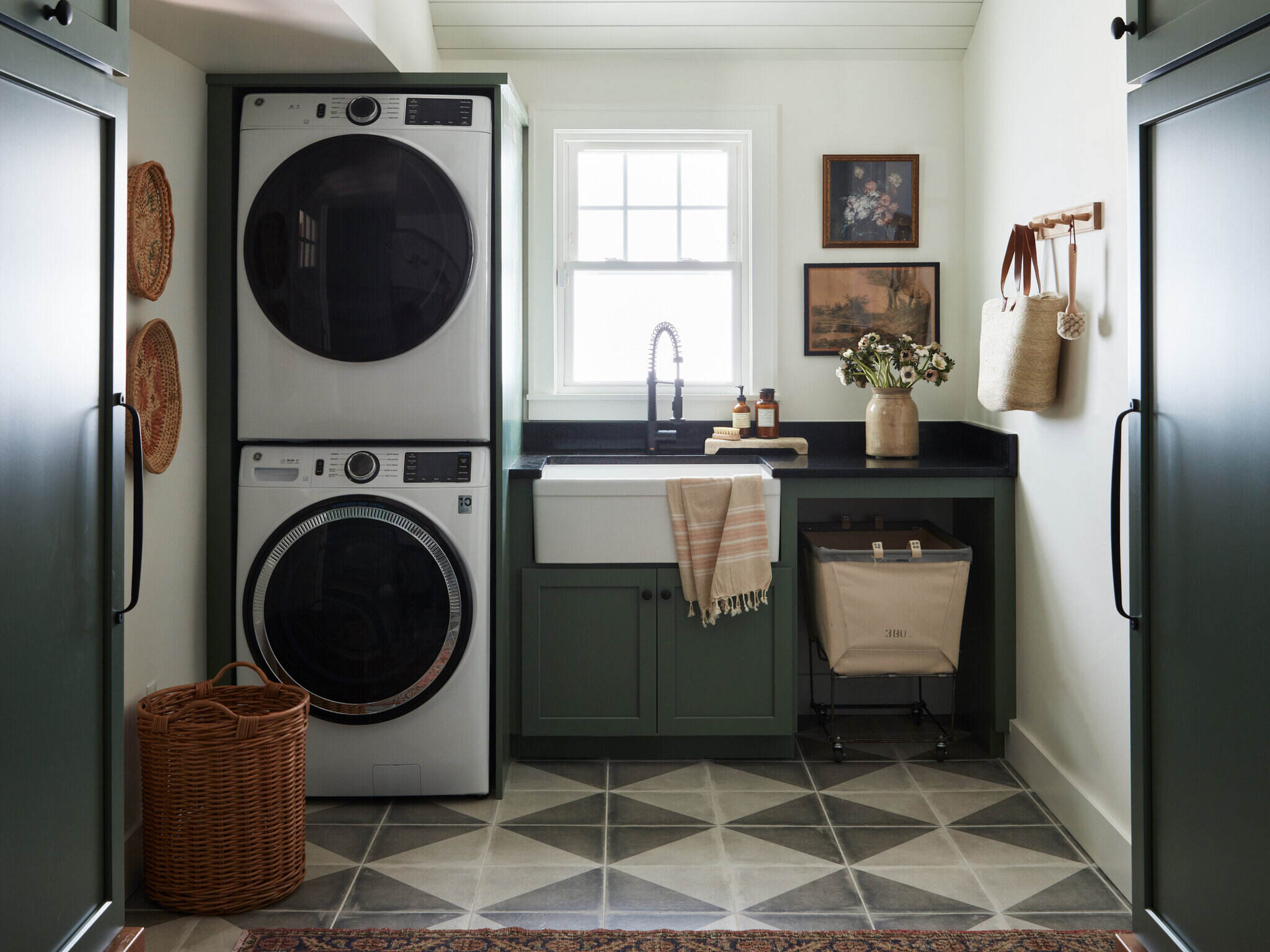
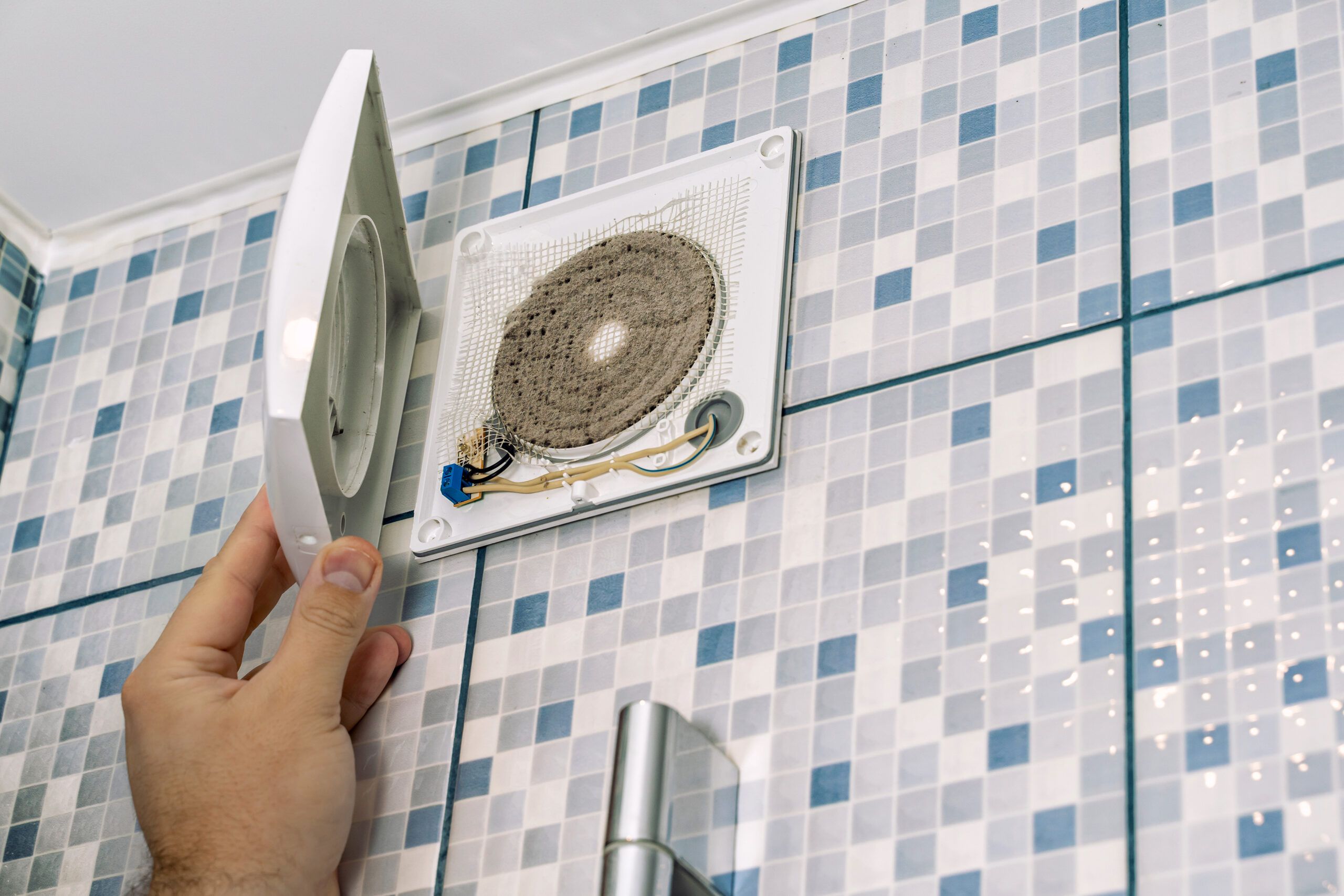
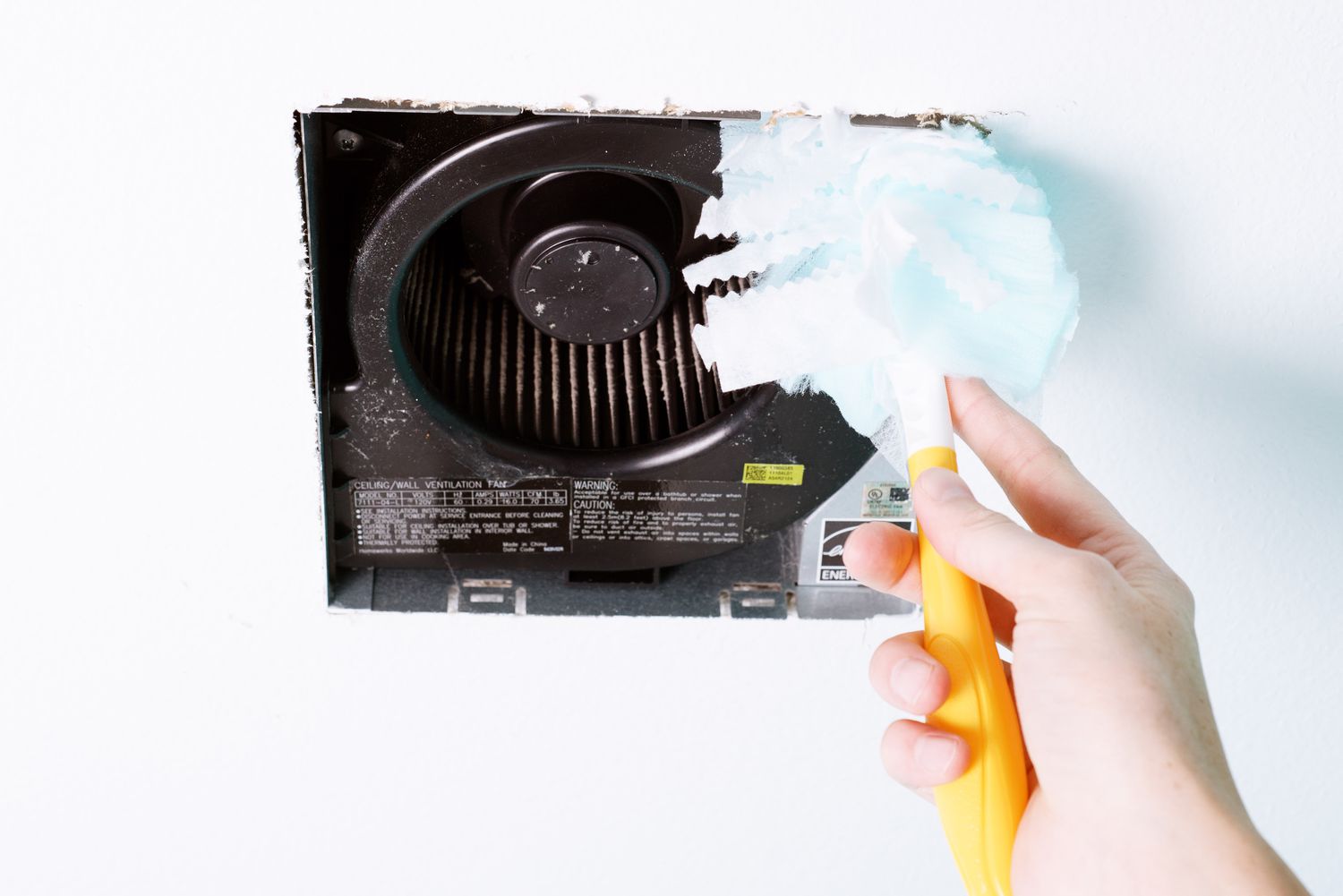
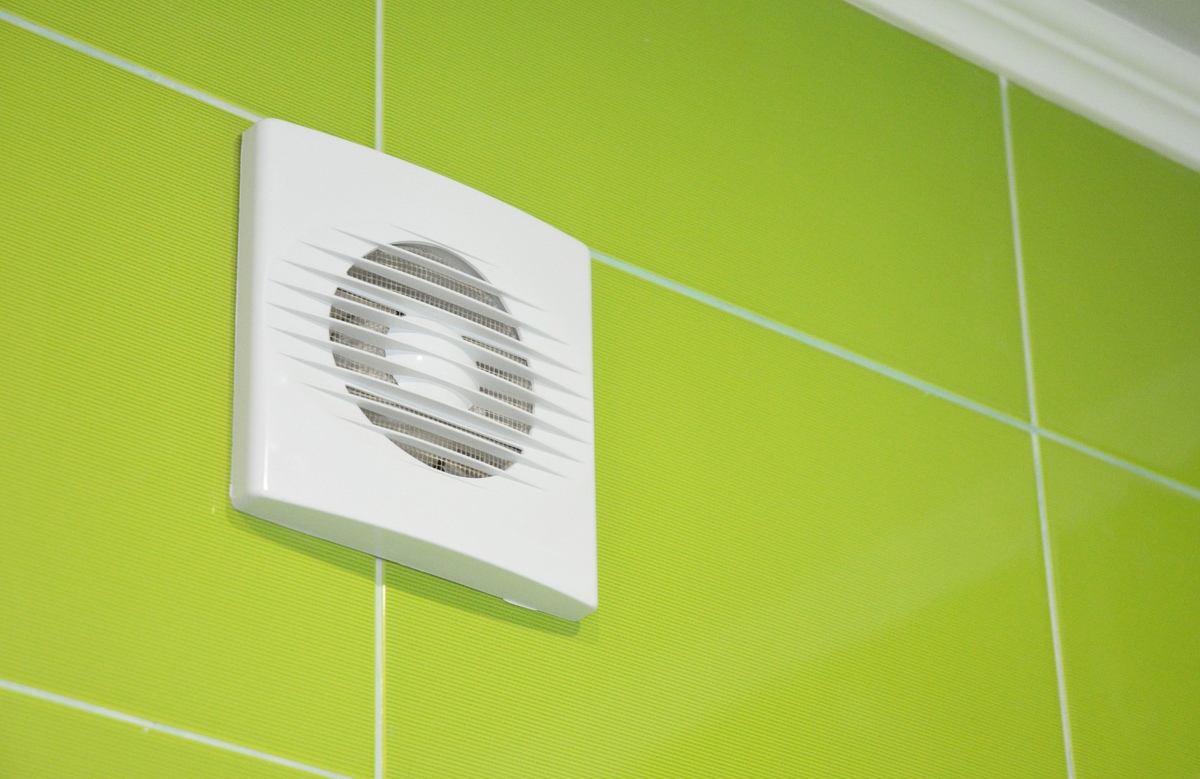
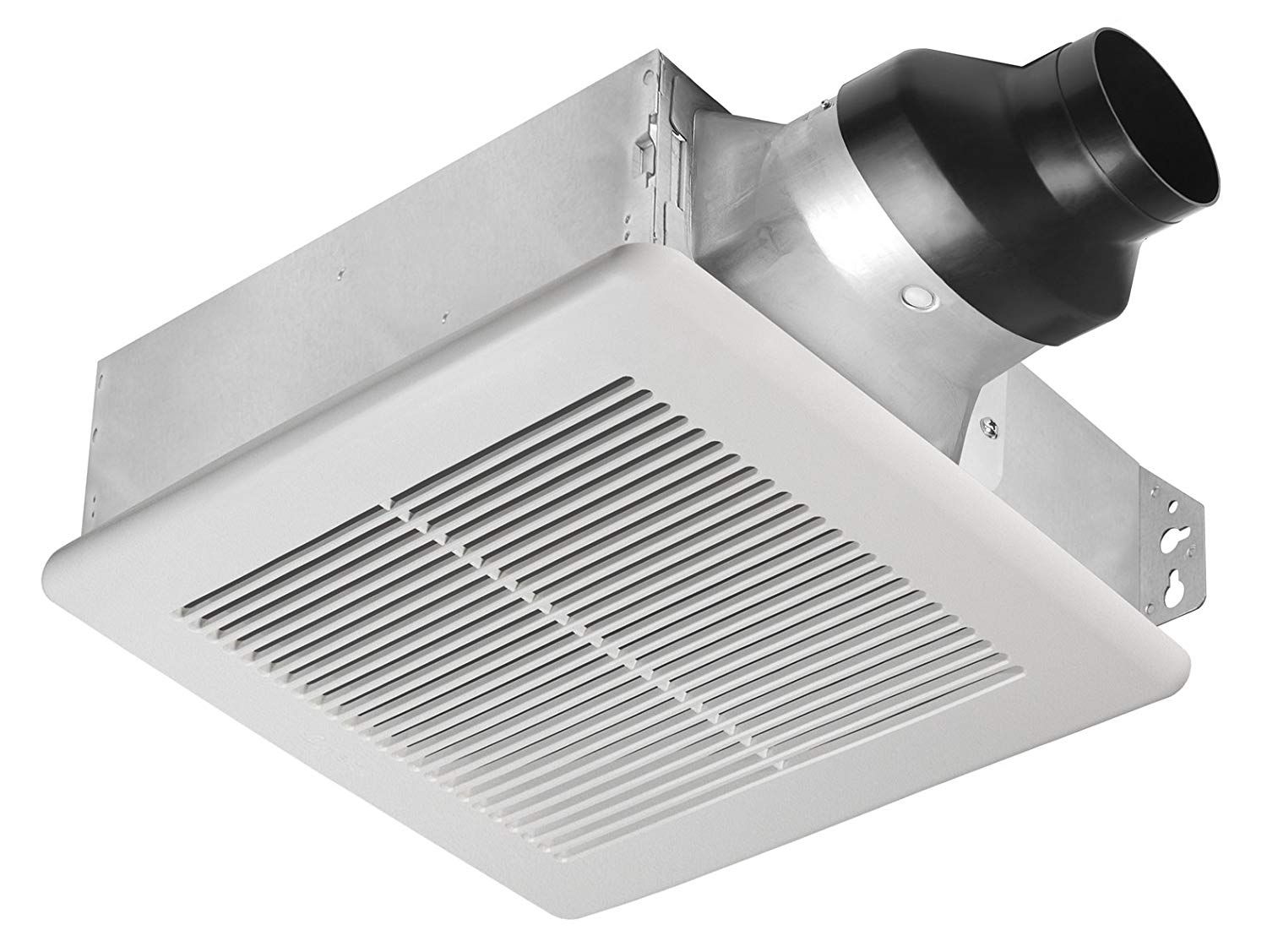
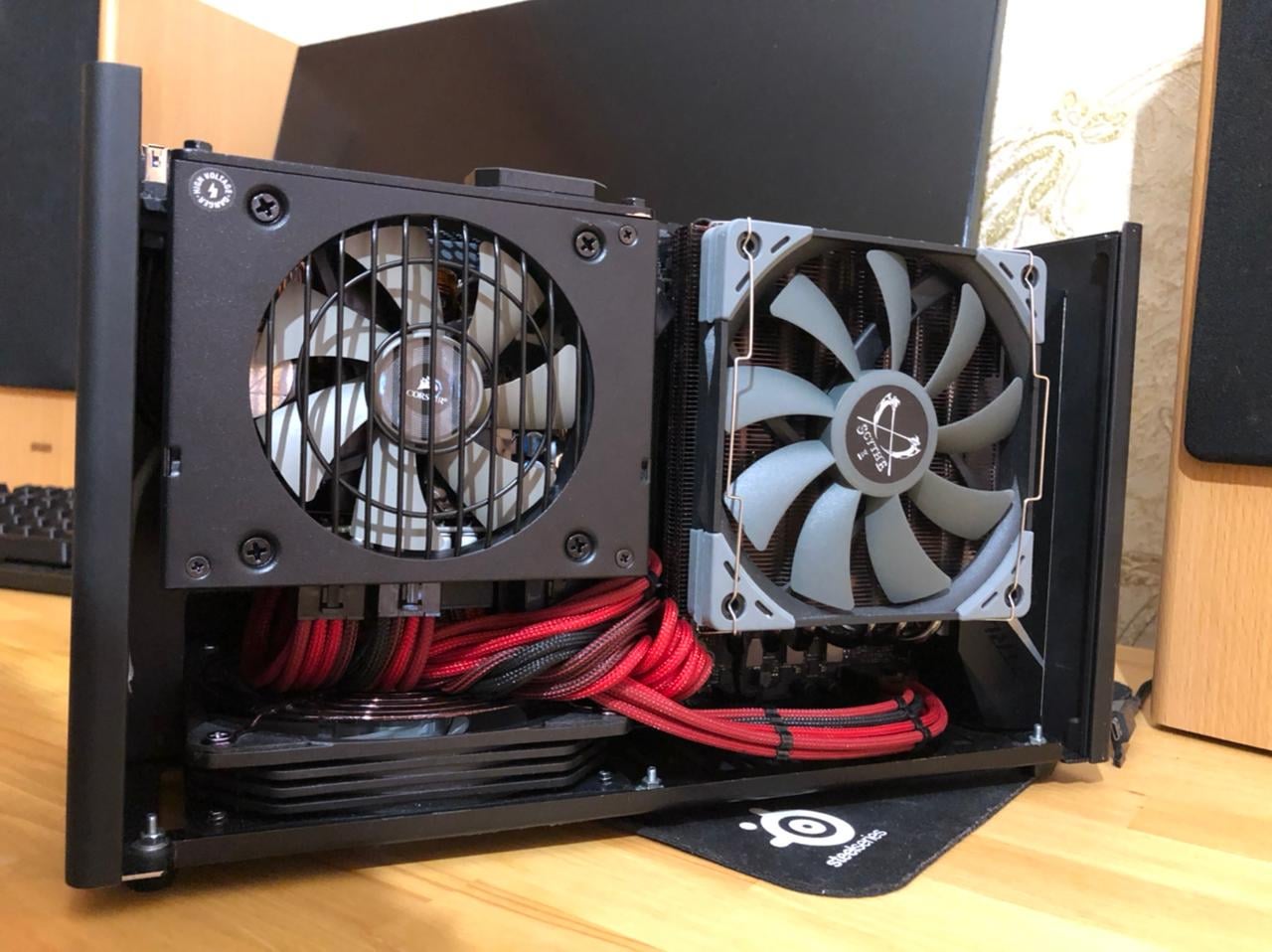
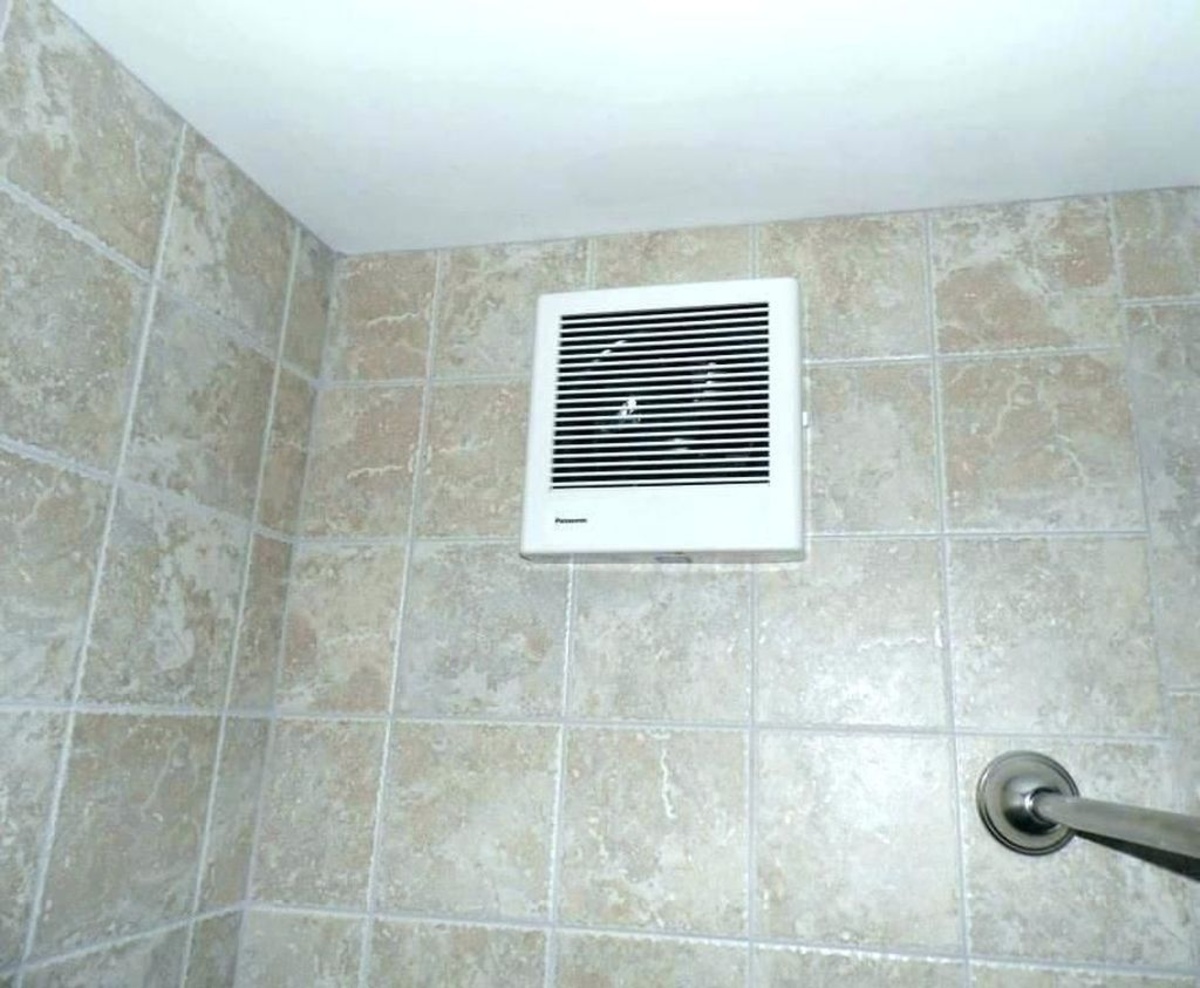
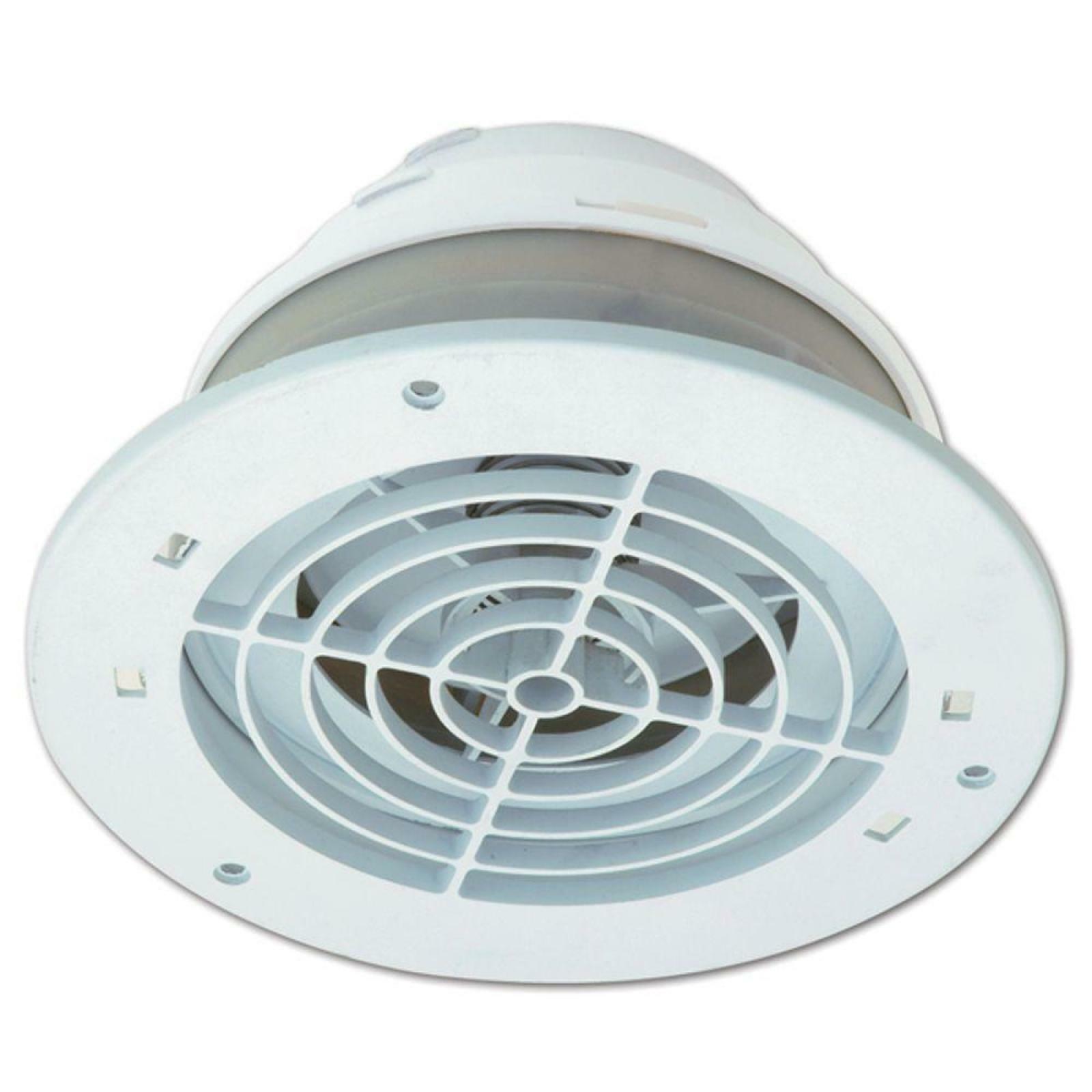
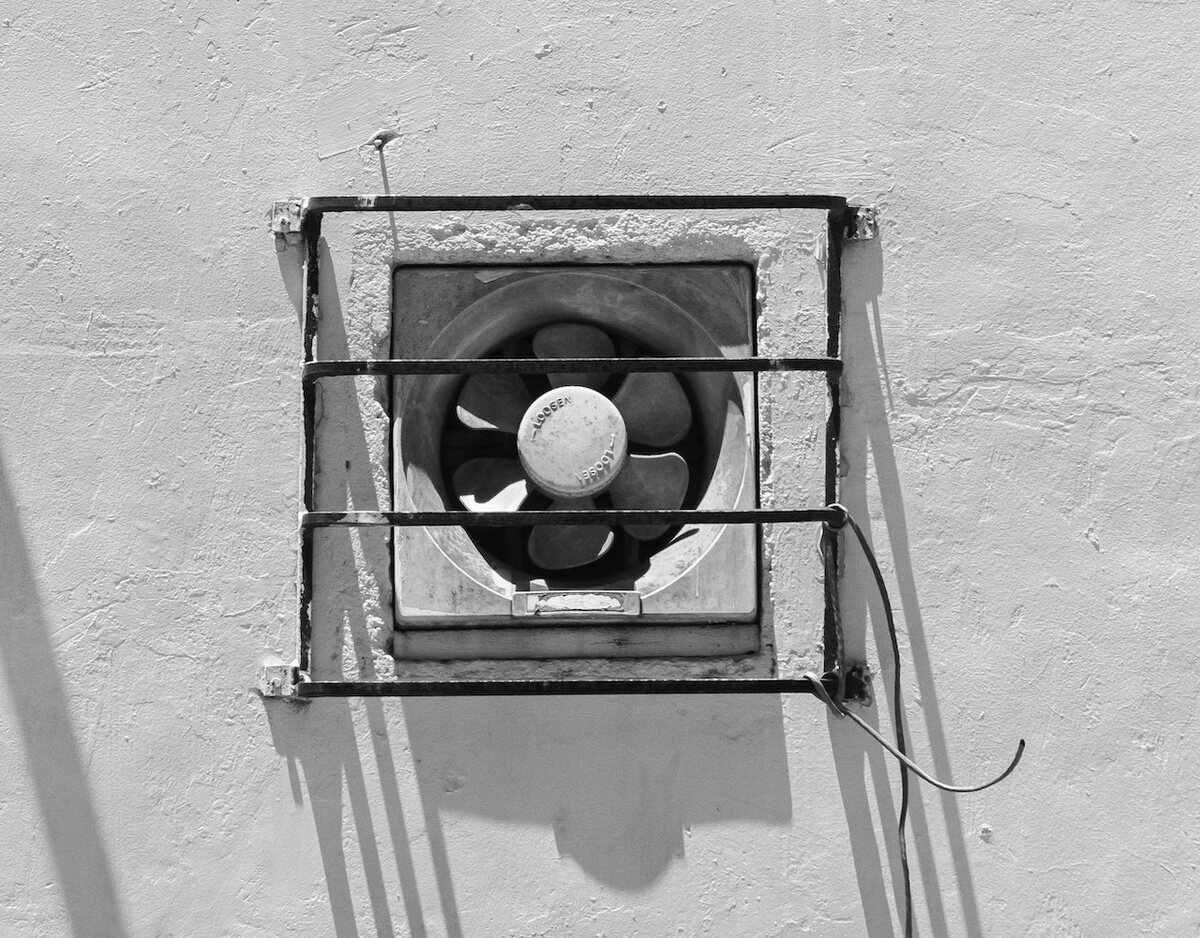

0 thoughts on “When To Use An Exhaust Fan In The Laundry Room”